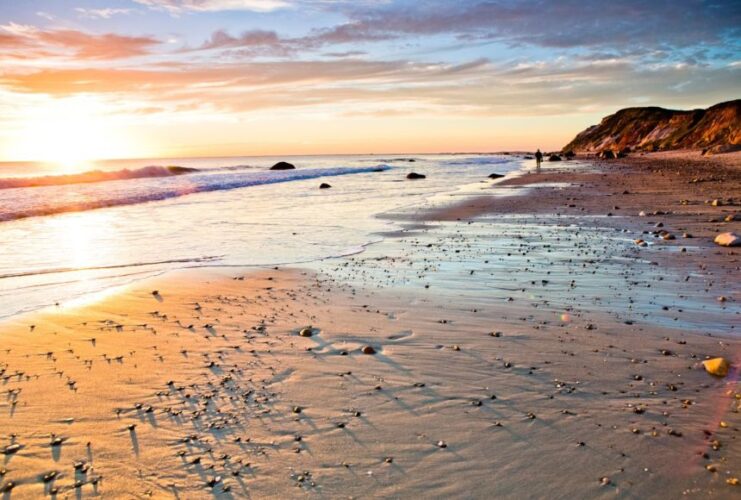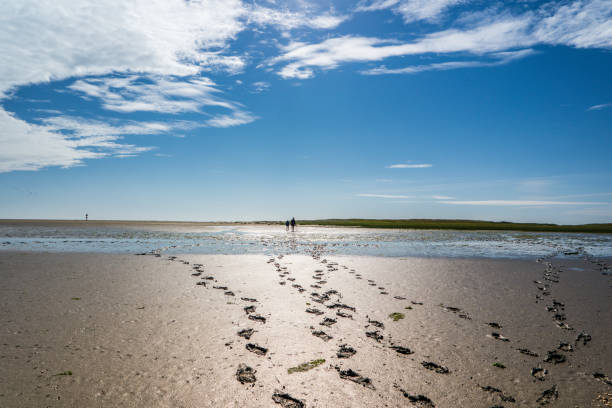Causes of Tides
Forces that contribute to tides are called tidal constituents. The Earth’s rotation is a tidal constituent. The major tidal constituent is the moon’s gravitational pull on the Earth. The closer objects are, the greater the gravitational force between them.

Although the sun and moon both exert gravitational forces on the Earth, the moon’s pull is stronger because the moon is much closer to the Earth than the sun is.
The moon’s ability to raise tides on the Earth is an example of a tidal force. The moon exerts a tidal force on the whole planet. This has little effect on Earth’s land surfaces because they are less flexible. Land surfaces do move, however, up to 55 centimeters (22 inches) a day.

These movements are called terrestrial tides. Terrestrial tides can change an object’s precise location. Terrestrial tides are important for radio astronomy and calculating coordinates on a global positioning system (GPS).

Volcanologists study terrestrial tides because this movement in the Earth’s crust can sometimes trigger a volcanic eruption. The moon’s tidal force has a much greater effect on the surface of the ocean, of course. Water is liquid and can respond to gravity more dramatically.
High Tides
The tidal force exerted by the moon is strongest on the side of the Earth facing the moon. It is weakest on the side of the Earth facing the opposite direction. These differences in gravitational force allow the ocean to bulge outward in two places at the same time.

One bulge occurs on the side of the Earth facing the moon. This is the moon’s direct tidal force pulling the ocean toward it. The other bulge occurs on the opposite side of the Earth. Here, the ocean bulges in the opposite direction of the moon, not toward it.
Low Tides and Ebb Tides
One high tide always faces the moon, while the other faces away from it. Between these high tides are areas of lower water levels—low tides. The flow of water from high tide to low tide is called an ebb tide.

Most tides are semidiurnal, which means they take place twice a day. For instance, when the ocean is facing the moon, the moon’s gravitational pull on the water causes a high tide. As the Earth rotates, that area moves away from the moon’s influence, and the tide ebbs. Now it is low tide in that area.

As the Earth keeps rotating, another high tide occurs in the same area when it is on the side of the Earth opposite the moon (low high tide). The Earth continues spinning, the tide ebbs, another low tide occurs, and the cycle (24 hours long) begins again.





